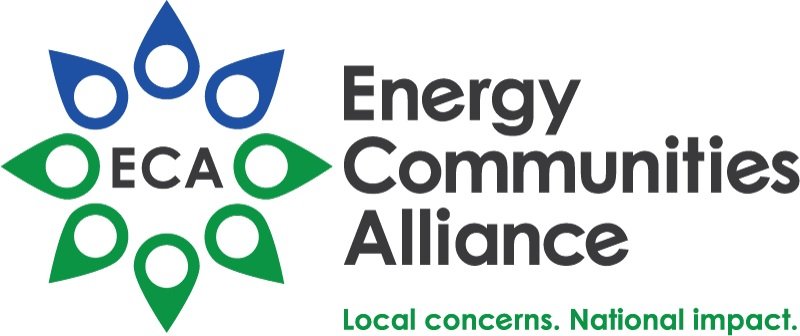DOE sites respond to COVID-19 with various safety measures
Across the complex, DOE sites have altered operations and implemented new protocols to ensure the safety of workers and the community while continuing important missions. Most sites have reduced staffing levels on-site to only allow mission-essential employees in facilities, and some of those sites have announced more specific measures related to travel, teleworking, and cleaning facilities.
Last month, DOE headquarters established a task force that will “coordinate the resources to study coronavirus and other public health issues that are available at the 17 DOE national laboratories.” Dr. Chris Fall, Director of the Office of Science, highlighted various ways DOE is using its resources to address COVID-19, including the use of supercomputers for modeling and analysis of the virus and its spread. The Department has even asked scientists to submit ideas for how DOE can use its tools to research COVID-19.
Hanford transitioned to a “mission-critical operations posture” on March 24. Site manager Brian Vance issued a message to all Hanford employees that operations would be evaluated based on national security, safety, and regulatory needs. Mission Support Alliance, a Hanford contractor, also issued a guidance regarding cybersecurity for the many employees who have begun teleworking.
Idaho National Laboratory announced a “minimum-safe plus” status on March 26, which requires that only select mission critical employees will continue working at on-site facilities. Additional measures include requesting other employees to telecommute and requiring INL staff returning from travel outside the state to self-quarantine for 14 days.
At Los Alamos National Laboratory, most employees are working remotely, but a limited number of mission-essential staff for the NNSA and EM activities remain on-site. LANL director Thom Mason highlighted that the laboratory is using its history in biological sciences for “disease detection and diagnostics, epidemic modeling, disease prediction and forecasting, decision support, data collection and integration, and medical measures.”
Oak Ridge National Laboratory has also issued an advisory encouraging employees to work from home if possible and limiting access to ORNL facilities. With two-thirds of its workers now off-site, ORNL is “providing remote access to its world-leading supercomputing and neutron facilities” to conduct studies to combat COVID-19.
According to the Exchange Monitor, “all but the most basic operations” at Paducah and Portsmouth have been suspended, although further details on their status is not publicly available. At the Nevada National Security Site, similar measures have been implemented, canceling tours and other events.
Savannah River Site is continuing “essential mission critical operations, with fewer than 2,500 employees on Site, with a large population of the remaining workforce teleworking.” There are several other safety measures that have been implemented, including chemical cleaning of workspaces; temperature checks for employees; and no touch badge checks.
At West Valley Demonstration Project, on-site staff has been reduced to a mission-essential level, allowing off-site staff to telework in order to implement social distancing. Additionally, the site has implemented new security measures for public meetings held at the Ashford Office Complex.
The amount of waste received at the Waste Isolation Pilot Plant has decreased in recent months in response to the outbreak, as the site implemented a “ramp down” of activities. In March, WIPP received four shipments, after receiving 10 shipments in February and 24 shipments in January.
While COVID-19 presents significant challenges in the normal operations of the sites and DOE headquarters, the Department and contractors must communicate as best they can to local governments and their communities about health and safety matters. Engagement between federal and local officials remains the best way to accomplish DOE missions safely.

